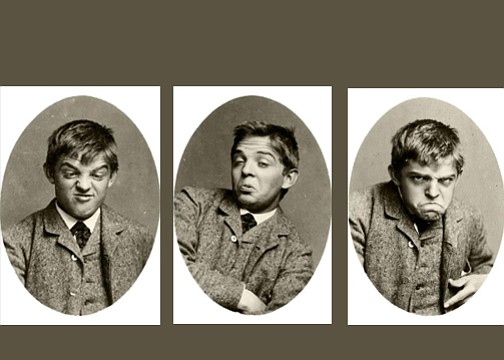 Facebook
Facebook
 X
X
 Instagram
Instagram
 TikTok
TikTok
 Youtube
Youtube

In the winter and spring of 2018 the San Diego Symphony performs three fifths. The three fifths at the symphony are Prokofiev’s Symphony No. 5 , Shostakovich's Symphony No. 5, and Sibelius’ Symphony No. 5.
Those three fifth symphonies are pillars of the fifth symphony community, so I thought we could look at some other fifth symphonies which are a little less well known but still worthwhile.
We can start with composers who have famous symphonies which aren’t titled “No. 5”. One such composer would be Antonin Dvorak. His Symphonies 7, 8, and 9 function a bit like Bruckner’s 7, 8, and 9 or Tchaikovsky’s 4, 5, and 6. They obscure what came before. I think it safe to say that anyone who enjoys Dvorak will enjoy his Symphony No. 5.
We can’t include Tchaikovsky’s Symphony No. 5 here because it is far too popular. Bruckner’s Symphony No. 5 has a strong following considering the dedication of Bruckner’s advocates. Yet should you have no experience of Bruckner’s fifth then the obvious place to start would be with the performance of the Munich Philharmonic conducted by Sergiu Celibidache.
Aaron Copland somewhat-famously said that, “Listening to the fifth symphony of Ralph Vaughan Williams is like staring at a cow for 45 minutes." I think that’s a tad unfair coming from the composer of Appalachian Spring, but fair is boring so we can only thank Copland for the classical soundbite. The third movement of Vaughan Williams’ fifth is one of the most beautiful pieces anyone could hope to hear.
Carl Nielsen would be a composer whose Symphony No. 5 might be his most popular piece. Nielsen was a Dane who took, by far, the best photos of any composer in history save Stravinsky and his sunglasses. Pre-social media mugging aside, Nielsen’s fifth has one of those “snow falling on empty woods” openings but soon develops into a Danish epic worthy of Beowulf.
Since Dvorak, Vaughan Williams, and Nielsen are from roughly the same 19th century time period we can look a bit further back and pull up Schubert’s Symphony No. 5, Mendelssohn’s Symphony No. 5: Reformation. If we journey off the beaten path but keep to the same early romantic period we bump into Louis Spohr and his excellent Symphony No. 5.


In the winter and spring of 2018 the San Diego Symphony performs three fifths. The three fifths at the symphony are Prokofiev’s Symphony No. 5 , Shostakovich's Symphony No. 5, and Sibelius’ Symphony No. 5.
Those three fifth symphonies are pillars of the fifth symphony community, so I thought we could look at some other fifth symphonies which are a little less well known but still worthwhile.
We can start with composers who have famous symphonies which aren’t titled “No. 5”. One such composer would be Antonin Dvorak. His Symphonies 7, 8, and 9 function a bit like Bruckner’s 7, 8, and 9 or Tchaikovsky’s 4, 5, and 6. They obscure what came before. I think it safe to say that anyone who enjoys Dvorak will enjoy his Symphony No. 5.
We can’t include Tchaikovsky’s Symphony No. 5 here because it is far too popular. Bruckner’s Symphony No. 5 has a strong following considering the dedication of Bruckner’s advocates. Yet should you have no experience of Bruckner’s fifth then the obvious place to start would be with the performance of the Munich Philharmonic conducted by Sergiu Celibidache.
Aaron Copland somewhat-famously said that, “Listening to the fifth symphony of Ralph Vaughan Williams is like staring at a cow for 45 minutes." I think that’s a tad unfair coming from the composer of Appalachian Spring, but fair is boring so we can only thank Copland for the classical soundbite. The third movement of Vaughan Williams’ fifth is one of the most beautiful pieces anyone could hope to hear.
Carl Nielsen would be a composer whose Symphony No. 5 might be his most popular piece. Nielsen was a Dane who took, by far, the best photos of any composer in history save Stravinsky and his sunglasses. Pre-social media mugging aside, Nielsen’s fifth has one of those “snow falling on empty woods” openings but soon develops into a Danish epic worthy of Beowulf.
Since Dvorak, Vaughan Williams, and Nielsen are from roughly the same 19th century time period we can look a bit further back and pull up Schubert’s Symphony No. 5, Mendelssohn’s Symphony No. 5: Reformation. If we journey off the beaten path but keep to the same early romantic period we bump into Louis Spohr and his excellent Symphony No. 5.
Comments